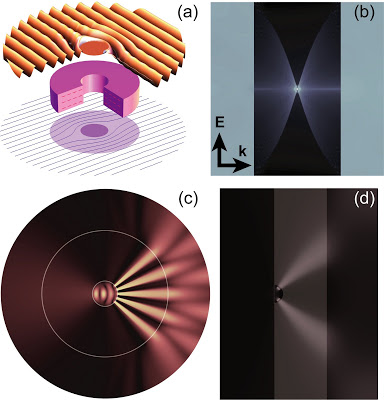Transformation optics, metamaterials, nanophotonics, plasmonics
Transformation optics is a field of optical and material engineering and science embracing nanophotonics, plasmonics, and optical metamaterials. Transformation optics may enable invisibility, ultra-powerful microscopes and computers by harnessing nanotechnology and “metamaterials.” The list of possible breakthroughs includes a cloak of invisibility; computers and consumer electronics that use light instead of electronic signals to process …








